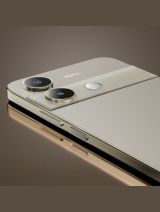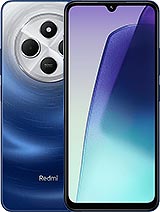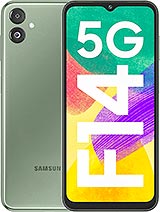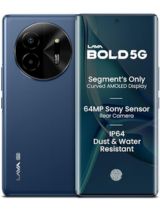Infinix Hot 60i alternatives
Tap above to see alternatives.
Samsung Galaxy F16 alternatives
Tap above to see alternatives.
Infinix Hot 60i

Infinix Hot 60i
-
Dimensity 6400
6 nm
-
6000 mAh
18W
-
6.75"
720 x 1600 pixels
-
50 MP
1080p@30fps
- Specs
Samsung Galaxy F16
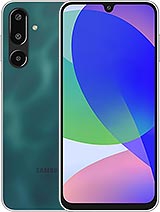
Samsung Galaxy F16
-
Dimensity 6300
6 nm
-
5000 mAh
25W
-
6.7"
1080 x 2340 pixels
-
50 MP
1080p@30fps
- Specs
2x2.5 GHz Cortex-A76
6x2.0 GHz Cortex-A55
2x2.4 GHz Cortex-A76
6x2.0 GHz Cortex-A55
6GB 128GB
8GB 128GB
f/1.6, (wide), AF
Auxiliary lens
f/1.8, (wide), 1/2.76", 0.64µm, AF
5 MP
f/2.2, (ultrawide), 1/5.0", 1.12µm
2 MP
f/2.4, (macro)
f/2.0, (wide)
f/2.0, (wide), 1/3.1", 1.12µm
SIM1: Nano, SIM2: Nano (Hybrid)
10 5G bands
n1, n3, n5, n8, n28, n38, n40, n41, n77, n78
11 5G bands
n1, n3, n5, n7, n8, n28, n40, n41, n66, n77, n78
In this performance comparison, the Infinix Hot 60i with its Mediatek Dimensity 6400 (6nm) performs better than the Samsung Galaxy F16 with the Mediatek Dimensity 6300 (6nm), thanks to superior chipset efficiency.
Samsung Galaxy F16 offers 6 years of OS updates, while Infinix Hot 60i does not have confirmed OS update information. Samsung Galaxy F16 receives 6 years of security updates, while Infinix Hot 60i does not have confirmed security update information.
Samsung Galaxy F16 features a superior AMOLED display, while Infinix Hot 60i comes with an LCD panel. In terms of smoothness, Infinix Hot 60i offers a higher 120 Hz refresh rate, ensuring fluid scrolling and animations. Samsung Galaxy F16 also boasts a brighter screen with 800 nits of peak brightness, enhancing outdoor visibility. Notably, Samsung Galaxy F16 offers a higher screen resolution, resulting in sharper visuals and more detailed content.
Infinix Hot 60i comes with a larger 6000 mAh battery, which may offer longer usage on a single charge. Samsung Galaxy F16 also supports faster wired charging at 25W, compared to 18W on Infinix Hot 60i.
Infinix Hot 60i offers better protection against water and dust with an IP64 rating.
¹ Scores can vary even with the same chipset due to RAM, thermals, and software optimization.

